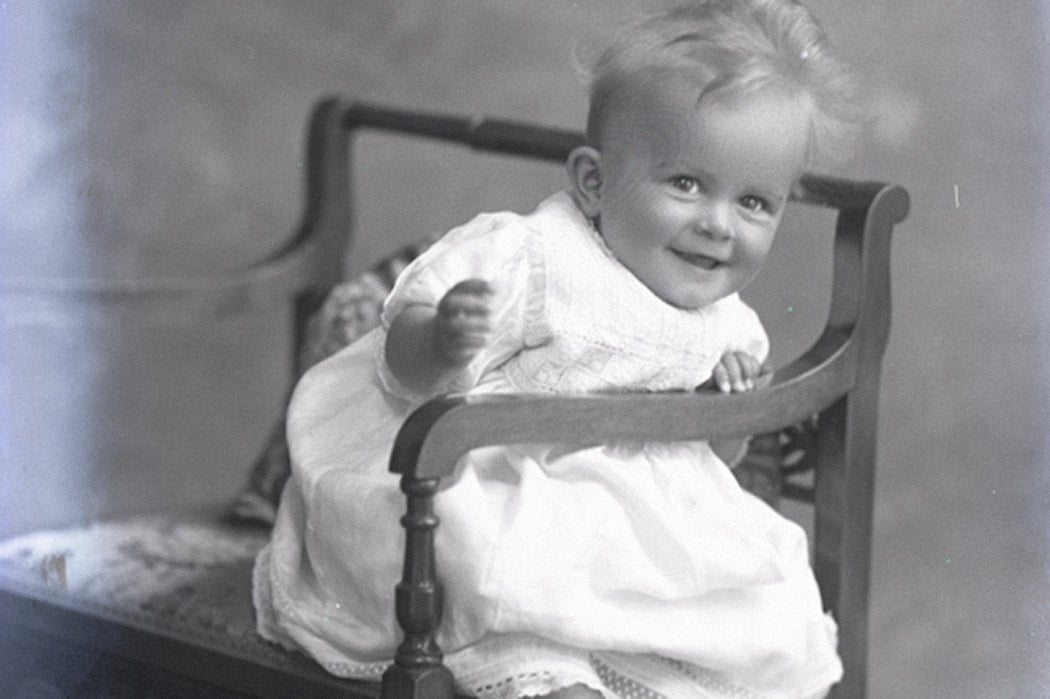“Mental load” and “emotional labor” are terms that have come into widespread use—and often gone viral—in discussions of gendered divisions of household labor. These accounts make the point that taking care of home and children is gendered in ways that go beyond who picks up a broom or changes a diaper and that women are often carrying an added, invisible burden. Work by sociologist Allison Daminger uses detailed interviews with couples to refine our understanding of how cognitive labor is divided up (or not).
Based on interviews with seventy middle- and upper-middle-class people in thirty-five couples, Daminger identified areas of home life in which cognitive labor is pervasive: “food, care for children, logistics/scheduling, cleaning/laundry, finances, social relationships, shopping/purchasing, home/car maintenance, and travel/leisure.” This included tasks like deciding what meals to cook, noticing the need for home repairs, maintaining family calendars, and setting schedules. Daminger broke cognitive labor into four types, including anticipation, identification, decision-making, and monitoring.
Unsurprisingly, Daminger found that women did more cognitive labor than men in twenty-six of the thirty-two heterosexual couples she studied. On average, women took on more cognitive labor in 4.6 of the nine possible areas of home life, with men leading in 1.6 areas (most often maintenance or finances) and responsibility shared for 2.2 areas.
But the division of types of cognitive labor is as important as the subject matter. Women were far more likely than men to anticipate and monitor, while men were more involved in decision-making and, to a lesser extent, identifying and researching options.
“Men did not opt out of cognitive labor altogether,” Daminger writes, “rather, they participated in ways that tended to maximize the ratio of power exerted to labor completed.”
More to Explore
Boys in Dresses: The Tradition
Women anticipated needs: “work that cannot be confined to a to-do list, because it is the work of creating the to-do list itself.” Once women anticipated a need and, often, did background research to identify a set of possible resolutions, men stepped in to participate in making decisions.
For instance, when Daminger asked men about the daycares their children attended, they often had participated in the choice and had informed comments about it. But follow-up questioning revealed that “in nearly all cases,” women had done the initial research into possible daycares, and men had become involved in the decision once their partners had identified a set of options.
Weekly Newsletter
“In this fashion,” according to Daminger, “men retained some of the power associated with decision-making and received ‘credit’ for participating in cognitive activity without putting in the preparatory labor required to reach the decision stage.”
The division of cognitive labor may therefore be even more skewed than it appears, with women taking on anticipation and monitoring work that doesn’t necessarily register when couples are asked how they make decisions. While the unequal time spent on cognitive labor remains largely invisible, more precisely understanding the types of such labor may help bring it into focus.
Support JSTOR Daily! Join our membership program on Patreon today.








